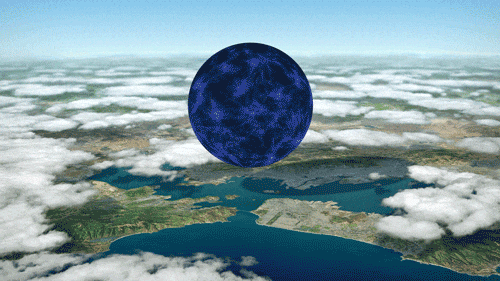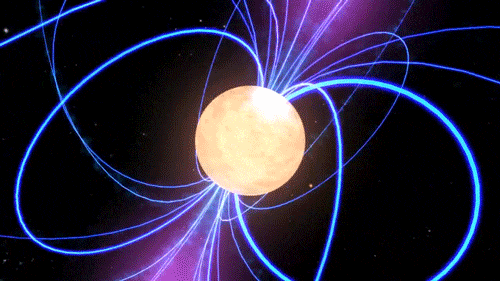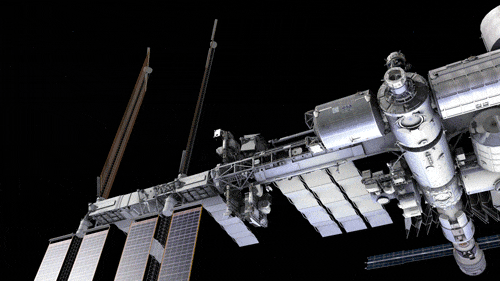There, we came right out and said it. They can’t help it; it’s just what happens when you have a star that’s heavier than our Sun but as small as a city. Neutron stars give us access to crazy conditions that we can’t study directly on Earth.
Here are five facts about neutron stars that show sometimes they are stranger than science fiction!
1. Neutron stars start their lives with a bang

When a star bigger and more massive than our Sun runs out of fuel at the end of its life, its core collapses while the outer layers are blown off in a supernova explosion. What is left behind depends on the mass of the original star. If it’s roughly 7 to 19 times the mass of our Sun, we are left with a neutron star. If it started with more than 20 times the mass of our Sun, it becomes a black hole.
2. Neutron stars contain the densest material that we can directly observe

While neutron stars’ dark cousins, black holes, might get all the attention, neutron stars are actually the densest material that we can directly observe. Black holes are hidden by their event horizon, so we can’t see what’s going on inside. However, neutron stars don’t have such shielding. To get an idea of how dense they are, one sugar cube of neutron star material would weigh about 1 trillion kilograms (or 1 billion tons) on Earth – about as much as a mountain. That is what happens when you cram a star with up to twice the mass of our Sun into a sphere the diameter of a city.
3. Neutron stars can spin as fast as blender blades
Some neutron stars, called pulsars, emit streams of light that we see as flashes because the beams of light sweep in and out of our vision as the star rotates. The fastest known pulsar, named PSR J1748-2446ad, spins 43,000 times every minute. That’s twice as fast as the typical household blender! Over weeks, months or longer, pulsars pulse with more accuracy than an atomic clock, which excites astronomers about the possible applications of measuring the timing of these pulses.
4. Neutron stars are the strongest known magnets

Like many objects in space, including Earth, neutron stars have a magnetic field. While all known neutron stars have magnetic fields billions and trillions of times stronger than Earth’s, a type of neutron star known as a magnetar can have a magnetic field another thousand times stronger. These intense magnetic forces can cause starquakes on the surface of a magnetar, rupturing the star’s crust and producing brilliant flashes of gamma rays so powerful that they have been known to travel thousands of light-years across our Milky Way galaxy, causing measurable changes to Earth’s upper atmosphere.
5. Neutron stars’ pulses were originally thought to be possible alien signals

Beep. Beep. Beep. The discovery of pulsars began with a mystery in 1967 when astronomers picked up very regular radio flashes but couldn’t figure out what was causing them. The early researchers toyed briefly with the idea that it could be a signal from an alien civilization, an explanation that was discarded but lingered in their nickname for the original object – LGM-1, a nod to the “little green men” (it was later renamed PSR B1919+21). Of course, now scientists understand that pulsars are spinning neutron stars sending out light across a broad range of wavelengths that we detect as very regular pulses – but the first detections threw observers for a loop.
Our Neutron star Interior Composition Explorer (NICER) payload on the International Space Station is giving astronomers more insights into neutron stars – helping us determine what is under the surface.
Want to learn even more about neutron stars? Watch this …
NASA's Goddard Space Flight Center



































